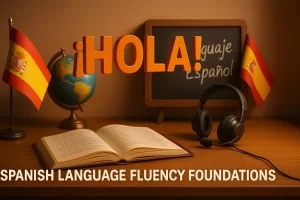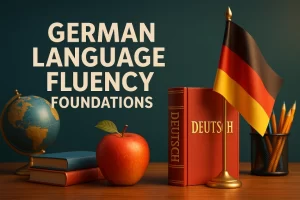As we step into 2025, the world of technology continues to evolve at lightning speed. Whether you’re finishing 12th grade or starting your college journey in computer science, IT, or graphics animation, choosing the right programming language can feel overwhelming. This friendly guide breaks down the top 7 programming languages to learn in 2025, explaining what makes each one special for beginners and how they can jump-start your career.
1. Python: The All-Rounder for Beginners
Python remains the most popular programming language for new coders. Its clean, English-like syntax makes it easy to read and write. You can use Python for:
- Web development with frameworks like Django and Flask
- Data analysis using libraries such as Pandas and NumPy
- Machine learning and AI with TensorFlow and scikit-learn
- Automation and scripting to simplify daily tasks
With a massive community and countless free tutorials, Python is your go-to language for building simple projects and growing into advanced fields.
2. JavaScript: Bring Websites to Life
If you’re interested in web development or graphics animation, learning JavaScript is a must. JavaScript runs in every web browser and lets you create:
- Interactive websites with dynamic content and animations
- Front-end frameworks like React, Vue, and Angular
- Full-stack apps when paired with Node.js on the back end
Because so many websites rely on JavaScript, demand for skilled developers stays high. Start with basic DOM manipulation and move on to framework tutorials to see your ideas come alive.
3. Java: The Enterprise Staple
Java has powered enterprise software, Android apps, and big data tools for decades. For beginners, it offers:
- Strong typing and object-oriented design principles
- A vast ecosystem—think Spring Boot, Android Studio, and Hadoop
- Stability that makes Java a top choice for banks, airlines, and large tech companies
Learning Java helps you understand fundamental programming concepts that transfer easily to other languages.
4. C#: Microsoft’s Versatile Powerhouse
C# (pronounced “C-sharp”) is the backbone of many Windows applications and games. As a beginner, you can use C# to:
- Build desktop apps and web services with .NET Core
- Create 2D and 3D games in Unity—perfect for aspiring graphics animators
- Work on AR/VR projects and mobile apps with Xamarin
Microsoft’s clear documentation and Visual Studio tools make C# approachable for new developers.
5. Kotlin: Modern Android Development
If your goal is mobile app development, Kotlin is quickly becoming the language of choice for Android. Why Kotlin?
- Concise syntax reduces boilerplate code compared to Java
- Full compatibility with existing Android libraries and tools
- Strong support from Google and JetBrains
Start by converting simple Java tutorials into Kotlin. You’ll soon appreciate its safety features (like null-safety) and modern design.
6. Go (Golang): Speed and Simplicity
Developed by Google, Go (or Golang) is prized for its performance and straightforward design. Beginners will love:
- A minimalist syntax that avoids confusing features
- Built-in support for concurrency, letting you write fast, parallel programs
- A growing ecosystem for web servers, cloud tools, and command-line utilities
Go is a great choice if you’re curious about backend development, microservices, or cloud-native projects.
7. Swift: The Future of Apple Platforms
For students drawn to iOS, macOS, watchOS, or tvOS development, Swift is the way forward. Apple designed Swift to be:
- Fast and memory-safe, reducing common programming errors
- Easy to read with modern syntax and playgrounds for interactive learning
- Supported by a rich set of frameworks like SwiftUI and Combine
Download Xcode on a Mac or use cloud-based Swift Playgrounds to experiment instantly.
How to Choose Your First Language
- Match your interest: Web? Pick JavaScript or Python. Mobile? Try Kotlin or Swift.
- Consider community support: A large community means more tutorials and help.
- Think long-term: Many concepts carry over—learning one language makes it easier to learn the next.
Next Steps for Success
- Set a small project goal: Build a personal website, a to-do app, or a simple game.
- Use online resources: Free videos, interactive coding sites, and beginner books.
- Join a study group: Collaborating with peers keeps you motivated and accountable.
Code Impact Academy will help you shape your career with these.
Choosing one of these programming languages to learn in 2025 is your first step. With consistent practice and real-world projects, you’ll develop the skills employers crave and build a portfolio that shines. Happy coding!



